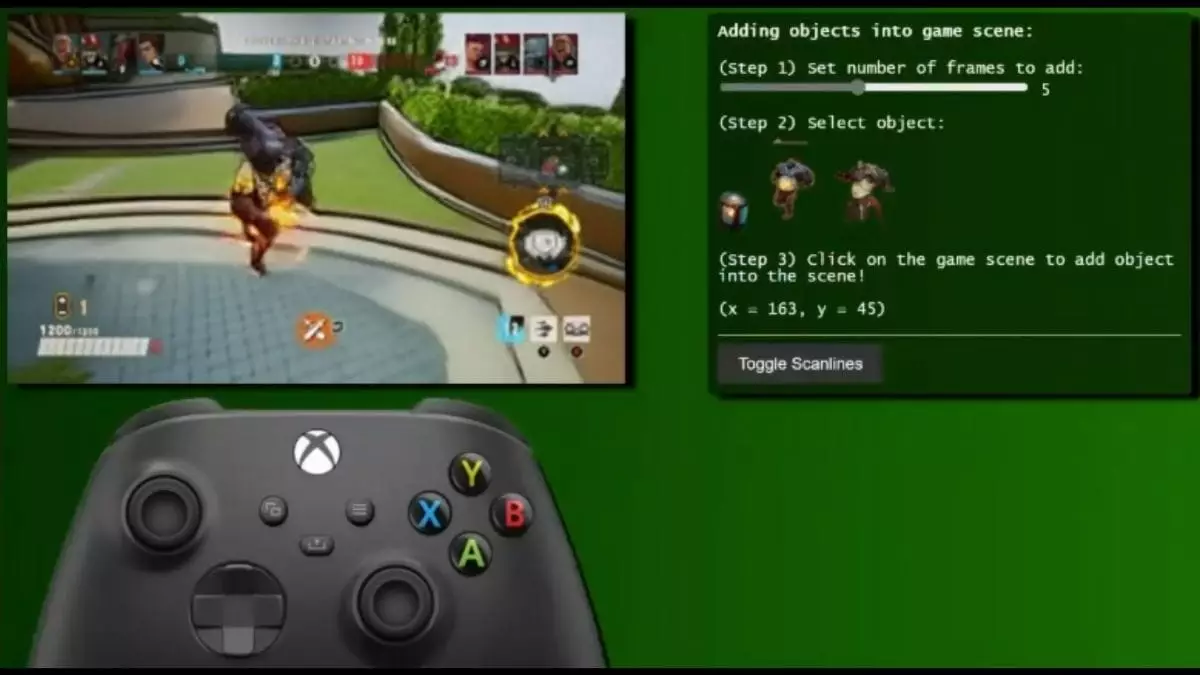Last week, Microsoft unveiled a groundbreaking experiment through its Copilot Labs, introducing an interactive real-time gameplay experience inspired by the iconic Quake II. This innovation marks an ambitious stride into the realm of artificial intelligence—an arena that is both thrilling and fraught with challenges. By employing their freshly minted Muse AI models and a novel design called the World and Human Action MaskGIT Model (WHAMM), Microsoft aims to push the boundaries of AI capabilities to new heights, attempting to merge the sacred lanes of gaming and machine learning. However, one must pause and ask: Is this leap into the unknown a bit too daring, or merely a bold stroke of genius?
A Blend of Nostalgia and Innovation
Quake II, a classic from 1997, embodies a nostalgia that resonates with gamers who fondly remember its fast-paced shooting and varied gameplay mechanics. With this new AI-driven rendition, players are offered a chance to revisit a cherished piece of gaming history through a modern lens, albeit with the caveat of being an imperfect simulation. This juxtaposition between the old and the new raises intriguing questions about the essence of gaming experiences. Can AI-generated worlds evoke the same emotional responses as their human-crafted predecessors? Or do they fall flat, merely stringing together algorithms rather than sustaining the intoxicating highs of creative storytelling?
The demo offers users the ability to engage with a singular level of the game for a short span, utilizing controllers or keyboards to navigate the AI’s unpredictable terrain. While this format may tickle the curiosity of tech enthusiasts and nostalgia hunters, it inherently limits the immersive potential that full-fledged gaming offers. The restrictions imposed on gameplay—such as the two-minute time limit—create an experience that feels more like a technological showcase rather than the lush, engaging journey that gamers seek.
Pros and Cons of AI-Generated Gameplay
Microsoft’s dive into AI-powered gameplay does present remarkable opportunities. With WHAMM succeeding the older WHAM model, we see a significant increase in the frames-per-second rate, skyrocketing from one to ten. This is a commendable technical improvement, and it demonstrates the strides that AI research has made. However, the excitement surrounding these developments cannot overshadow the limitations identified in the gameplay mechanics. It’s enticing for AI integration to reach such staggering heights in a relatively short time, yet the incomplete nature of the experience leaves much to be desired.
For instance, potential players may encounter stuttering visuals or mismanaged enemy interactions, as the AI-generated game world struggles to deliver coherent visual contexts. What happens when an AI simulation prompts players to engage in battle only for the graphics to glitch into non-existence? The technology can indeed be impressive on a fundamental level, but gamers crave fluidity, consistency, and emotional depth—qualities that current AI cannot yet convincingly emulate.
AI’s Consultation with Reality: The Limitations of WHAMM
Another significant drawback is the WHAMM model’s ephemeral grasp on reality—the standard 0.9-second context window it operates within means that anything outside its view is promptly forgotten. This oversight can lead to startling scenarios where players encounter abrupt transitions from one virtual space to another. The fantasy of seamless world-building is shattered, replaced by an experience reminiscent of erratic glitching rather than an immersive adventure. Is this what we want from the future of gaming?
While researchers at Microsoft declare this technology as a precursor to real-world applications, harnessing AI for physical robotics, one must consider the implications of these innovations within the gaming domain. The transformative potential of AI holds not only promise but also peril, spearheading a debate on whether the technology can truly capture the nuance and artistry of human creativity.
The Broader Implications for Gaming Culture
The release of this AI-fueled Quake II demo doesn’t merely foreshadow the future of interactive entertainment; it significantly contributes to an ongoing dialogue about the role of technology in shaping our collective cultural experiences. Will we empower machines to dominate the artistic landscapes, thereby marginalizing human contributions? Conversely, can this forefront of innovation catalyze new creative avenues, challenging developers to rethink their approaches?
As we stand at this precipice, the responsibility to navigate the balance between technological progress and the preservation of authentic, moving gaming experiences falls squarely on the shoulders of both developers and players alike. The intrigue of Microsoft’s experiment serves as a reminder that while we may venture into the realms of artificial intelligence and automation, the true heart of gaming lies more in the human experience than in the algorithms that attempt to emulate it.


Leave a Reply